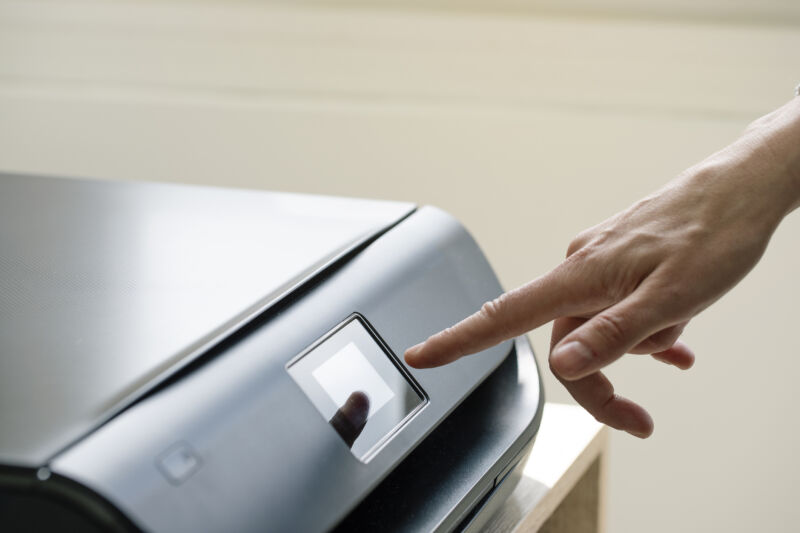
Laser printers used to be a luxury item. They were costly and difficult to afford for small businesses and homeowners, but eventually they became more affordable. Epson, the printer-vendor is abandoning the technology in favor op-ed inkjet alternatives.
As noted by The Register on Monday, Epson announced last week that it will stop selling and distributing laser printers by 2026, affecting both its consumer and business users. Although the Seiko-owned company boasted that this move was being made in the name “sustainability,” the company still has a lot of work to do in that area.
Laser printers and sustainability
Epson announced that it will be focusing exclusively on laser printers and not inkjets. This decision is largely based upon how laser printers perform in comparison to inkjet. To print an image, laser printers rely on heat, a drum, toner, and a laser. Inkjet printers meanwhile use nozzles to drop ink.
“While laser printers use heat to fuse toner to pages, Epson’s heat-free technology consumes less electricity because it uses mechanical energy to fire ink onto a page,” Koichi Kubota from Epson, sales and marketing manager said in a statement. This was according to The Register.
Epson stated in a blog post 2021 that one of its inkjet printers produced “85 percent less carbon dioxide” than a laser printer when printing 20 pages. We are unable to verify that this is an apples-to–apples comparison without details about the printer models or other details. There are likely to be differences between laser printers made by other brands and inkjet printers.
Epson also stated that its inkjet printers may have fewer parts to replace than laser ones. Inkjet printers have fewer parts that need to be replaced than laser ones. This is because ink and waste ink are not being used (although nozzle clogs can also be a problem). Laser printers will eventually require new drums, toners, developers, fusers and other components. The Register spotted a 2019 Epson blog post that Epson inkjet printers had “up to 59% less replacement parts than laser printers.”
Epson’s press release stated that inkjet printers are less likely to need replacement because they have fewer parts.
The bigger issue
Epson’s recent announcement touts a “commitment to sustainability,” as well as Epson’s planned 100 billion yen (about $722.2 million) investment into “sustainable innovation”—while also plugging its latest printers, of course. This company’s strategic change doesn’t seem like the greenest move Epson PR representatives would have you believe.
It doesn’t take long to inform you about the environmental problems associated with printing at home or in business. A 2012 study found that US landfills receive 375 million cartridges of ink and toner annually. This doesn’t include energy and paper consumption.
People and businesses still need to print, so printer businesses and their employees must continue to exist. We don’t fault Epson for trying to make its printer business greener. However, we are disappointed that Epson is not addressing a major environmental concern in its business.
Epson has been known to brick printers due to oversaturated inkpads. Epson claims that this is because ink could leak through the printer. It is not a good idea to design products that stop working, also known plan obsolescence. We are horrified to think about how many Epson printers were destroyed by users less skilled than us, who didn’t realize that they still had a useable device.

Epson is now focusing on inkjet printing.
This kind of throwaway mentality is all too common in the printer industry. HP has also used DRM technology to stop non-HP ink cartridges working in HP printers in 2020.
User frustration
Epson bricks printers that can fulfill customer requests, in spite of concerns about the environment. It also leads to frustrating user experiences where printers suddenly stop working for seemingly no apparent reason. This is a common occurrence. One Time Printing is a must. The history of printer companies is not one of smooth implementation. Canon for instance, broke its ink cartridges accidentally earlier this year while trying to stop the use of noncanon ink in their products.
Epson has updated its support page since this summer to make it easier to reset your printers. It also highlights its recycling program.
Despite this month’s reaffirmed commitment to the environment it did not address the above concerns. Many video tutorials have shown that ink pad replacements can be done by tech-savvy people. However, it is almost impossible to find Epson parts and repair manuals for Epson printers. It is recommended that one of its partners changes ink pads.